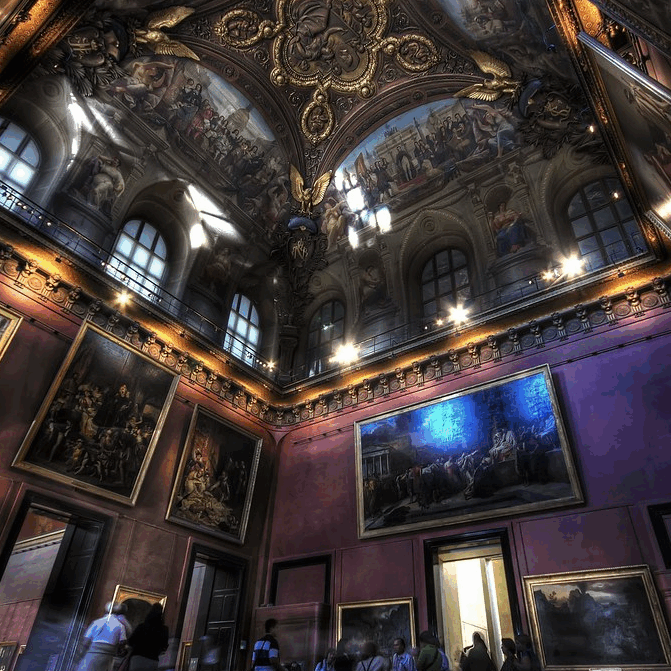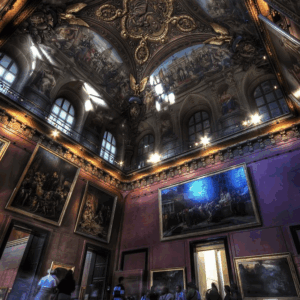As the boundaries between technology and creativity continue to dissolve, a new wave of museums is transforming how we engage with art. Across Europe, interactive and digital museums are redefining the visitor experience, allowing guests to step inside artworks, manipulate visual environments, and become part of the narrative itself. These spaces go far beyond traditional displays, offering multisensory journeys through innovation, imagination, and immersive storytelling.
One of the most talked-about institutions in this space is L’Atelier des Lumières in Paris. Housed in a former foundry, this immersive museum combines high-resolution projection with music, transforming walls, ceilings, and floors into a constantly moving canvas. Visitors walk through vibrant animations of works by artists like Van Gogh, Klimt, or contemporary digital creators. The experience is emotional and enveloping — like stepping inside a dream.
In Berlin, Dark Matter is a futuristic exhibition space located in a repurposed industrial complex. The museum features large-scale light installations that respond to movement, sound, and audience interaction. Visitors navigate rooms where pulsing patterns, shifting colors, and ambient soundscapes create hypnotic environments. It’s part art gallery, part tech playground — and entirely unforgettable.
Barcelona offers IDEAL Centre d’Arts Digitals, a venue that blends history and future in one location. Located in a former cinema, this center offers 360-degree digital shows, combining visual art, sound, augmented reality, and motion tracking. Its programming explores classic and contemporary themes, often collaborating with digital artists to build custom immersive experiences.
London’s Illusionaries and Frameless are two newcomers that redefine what it means to visit a gallery. Frameless, in particular, uses state-of-the-art projection technology across multiple rooms to immerse visitors in reimagined masterpieces — all without a single frame on the wall. These experiences are ideal for families, tourists, or anyone curious about new forms of expression.
These interactive museums are designed to be more than just visually stunning. Many aim to engage deeper senses: hearing, touch, even motion. Soundscapes are carefully curated to evoke emotion, while interactive components challenge perception and agency. The result is a shift from passive observation to active participation — a dialogue between viewer and artwork.
Importantly, these digital spaces are often accessible to wider audiences. Without the traditional structure of “high art,” visitors from all backgrounds feel welcomed and curious. Children can play, adults can reflect, and no prior knowledge of art history is needed to enjoy the journey.
In addition to their cultural value, these museums contribute to a broader trend in experiential tourism. As travelers seek more meaningful and memorable encounters, immersive art becomes a powerful draw. These venues are as photogenic as they are thought-provoking — blending aesthetic pleasure with intellectual stimulation.
Whether you’re looking to be inspired, surprised, or simply amazed, Europe’s interactive and digital museums provide a glimpse into the future of creativity. They prove that art is not just something to see — it’s something to feel, move through, and remember.

